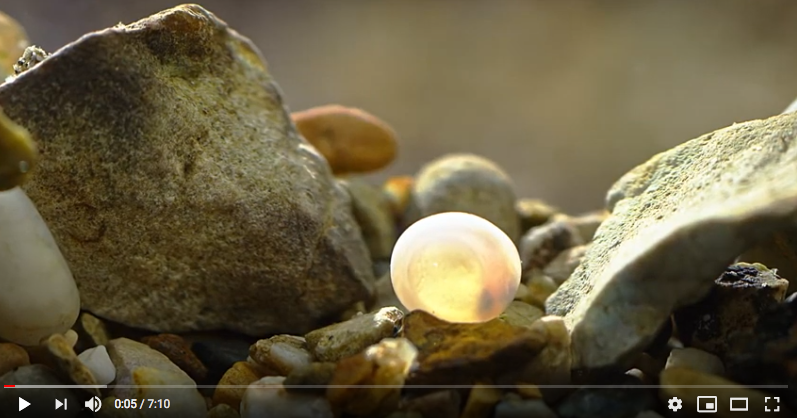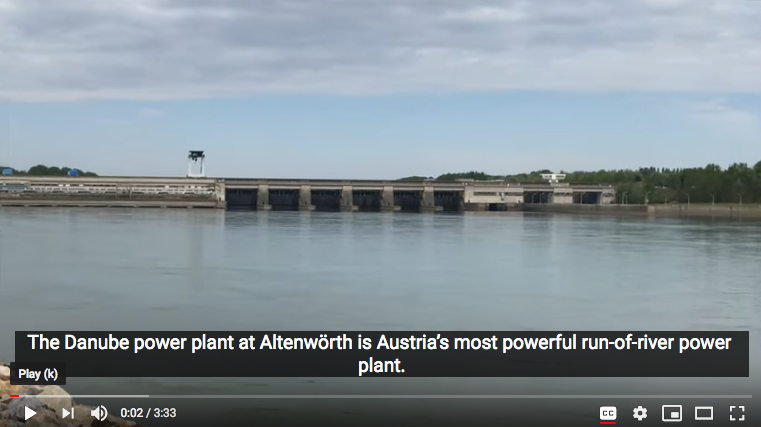MEASURES - Case Study: can power plants become a barrier of the past for fish migration?
13-08-2020
The MEASURES project is focused on restoring ecological corridors for different migratory fish species. We are developing and testing a methodology for mapping migratory fish habitats, as well as a strategy, with broad participation and acceptance of stakeholders, to maintain or restore functional corridors. Thus, constant learning from other projects is extremely important. During our project midterm meeting this year, there were several case studies presented.
Verbund: “power plants will be made passable to fish in a near natural way”
Electricity from hydropower is the most important source of energy in Austria. The country’s waterways not only supply clean energy, but are also transport routes and habitats. Over 50 native species of fish are migratory fish. The fish migrate over long stretches of river, often well in excess 100 km. Dotted along the river are power plants that have to be overcome. The EU Water Framework Directive stipulates that it must be possible for fish and other aquatic life to circumvent these barriers. This expands the habitats; whether the new migration aids actually work, is checked by means of fish-ecological monitoring.
“Fish stocks in some water bodies have worsened dramatically over recent decades. There are many reasons for this. You can see one of them in the background. Barrier structures, not only powerplants, but also other facilities make it difficult or even impossible for fish to reach their spawning grounds. In 2001 the EU Water Framework Directive therefore stipulated what the Member States had to do to improve fish stocks again in the long term.
Another even larger project is the LIFE-plus Network Danube. Under this funding programe a series of power plants will be made passable to fish in a near natural way. Most notably we have managed to achieve this at the Ottensheim-Wilhering power plant where we have created a new system of branches of about 14 km in length by connecting existing stretches of water to the Innbach and the Aschach by creating additional water bodies. There are no comeparable project in Europe at present that have enabled the creation of such a large habitats. Over the coming years we are expecting this project to have a strong ripple effect of the Danube and its tributaries and thus resulting a significant improvement in the overall ecological conditions of the water bodies.” Explains Gerd Frik, of Verbund AG.
Find out more in the videos below.
VERBUND is Austria's leading electricity company and one of the largest producers of electricity from hydropower in Europe. Close to 100% of our electricity generation comes from climate friendly, renewable hydropower.


